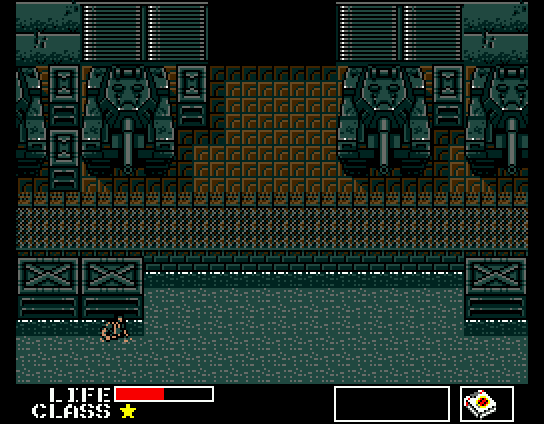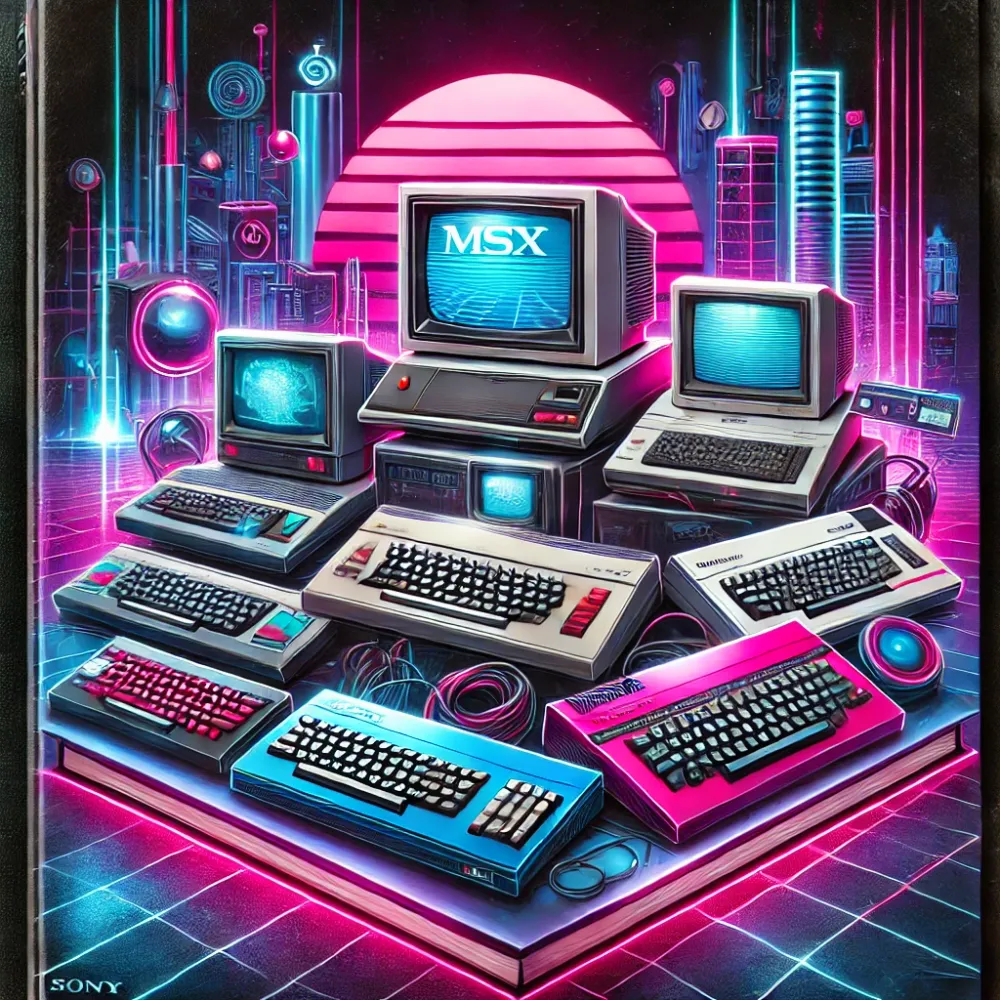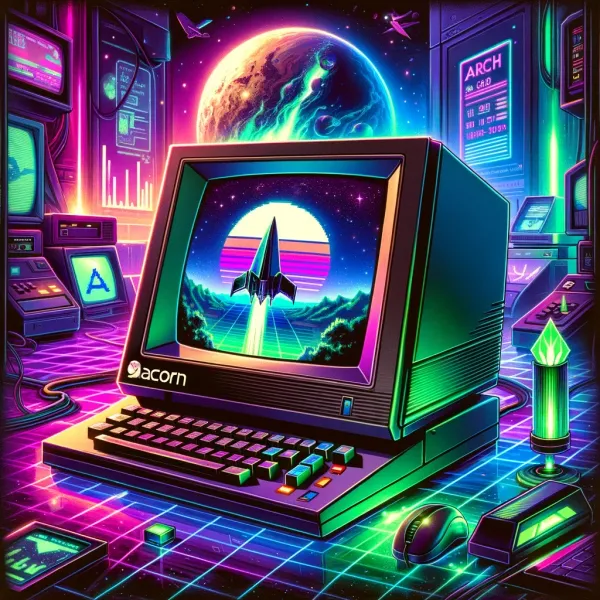MSX Series: A collaborative vision for a unified home computing standard
In the early 1980s, the home computing market was diverse but fragmented. Each brand offered its own incompatible platform, which meant software and peripherals from one system wouldn’t work on another. To address this, Microsoft Japan and ASCII Corporation developed the MSX standard in 1983. Their vision was ambitious: create a unified standard for personal computers, allowing multiple manufacturers to produce compatible systems.

The result was the MSX, a standardized architecture that promised cross-compatibility. Companies such as Sony, Panasonic, Toshiba, Philips, and Yamaha produced their own MSX computers, each with unique designs but sharing the same fundamental software and hardware specifications. This standardization allowed users to buy games and software that worked across all MSX machines, a revolutionary concept in a world where interoperability was rare.
The MSX became especially popular in Japan, Brazil, and parts of Europe, where it gained a dedicated fanbase and a significant software library. Though it never took off in the United States, the MSX laid the foundation for a more unified approach to computing and inspired the cross-compatibility we take for granted today.
Technical aspects and accessibility
The MSX was designed to be affordable and user-friendly, appealing to a broad range of users, from families to hobbyists. The first-generation MSX computers had a Zilog Z80 processor, 16 KB of RAM (expandable to 64 KB), and a Texas Instruments TMS9918 graphics chip capable of displaying colorful graphics. The sound chip, AY-3-8910, was also used in popular arcade machines, giving the MSX excellent audio capabilities for gaming.
One of the MSX’s greatest strengths was its BASIC programming language, MSX-BASIC, developed by Microsoft. This built-in language made it easy for users to learn programming, create their own software, and experiment with graphics and sound. The MSX was a versatile machine, appealing to both novice programmers and more advanced users who could push the system’s capabilities.
Metal Gear: A legendary game born on MSX

The MSX platform is often associated with Metal Gear, a game that would later become a global franchise. Created by Hideo Kojima and released by Konami in 1987, Metal Gear was initially developed for the MSX2, an upgraded model of the MSX with improved graphics and memory. Metal Gear introduced players to the character of Solid Snake, a special agent on a mission to dismantle a nuclear weapon called “Metal Gear.”
What made Metal Gear groundbreaking was its focus on stealth over direct combat. Unlike most action games of the time, where players would face enemies head-on, Metal Gear encouraged players to avoid detection and think strategically. This stealth-based gameplay was revolutionary and would go on to define the Metal Gear series, which became one of the most influential franchises in gaming history.
The success of Metal Gear on the MSX showcased the platform’s potential as a serious gaming system. Despite the MSX2’s technical limitations, Kojima’s game design turned these constraints into a feature, emphasizing careful planning over brute force. This innovative approach captivated players and marked Metal Gear as a standout title in the MSX library.
MSX’s cultural impact and community
The MSX gained a dedicated following in Japan and various international markets, especially in countries like Brazil, Spain, and the Netherlands. This widespread adoption led to a thriving community of developers and enthusiasts who created games, software, and even hardware expansions. The MSX became more than just a computer; it was a platform for creativity and innovation.
In Japan, the MSX’s popularity contributed to the growth of a tech-savvy culture, inspiring a generation of programmers and developers. It also became a popular educational tool, with schools and institutions using MSX computers to teach programming and computer skills. The MSX's legacy can still be seen today in the way it inspired a culture of coding and experimentation.
The legacy of the MSX series
Though it eventually lost ground to more advanced systems, the MSX standard remains an important part of computing history. It demonstrated the power of collaboration in the tech industry, uniting multiple manufacturers under a single platform. The MSX’s influence is still felt in the concept of platform-agnostic software and hardware compatibility, which is now a core principle of modern computing.
Today, the MSX is celebrated by retro computing enthusiasts, with a dedicated community that keeps its spirit alive through emulation, software preservation, and even new game releases. The platform's iconic games, particularly Metal Gear, continue to be cherished by fans worldwide. The MSX stands as a testament to the potential of a unified computing standard and the power of collaboration in advancing technology.



